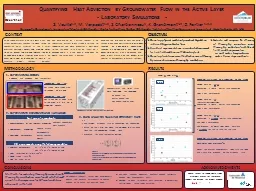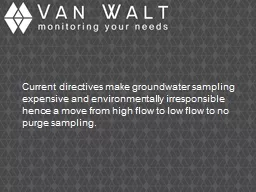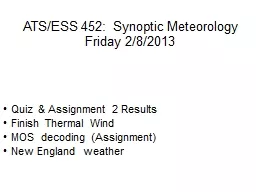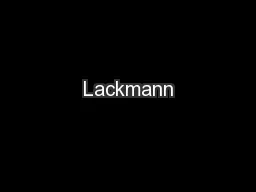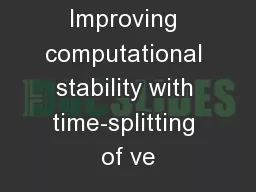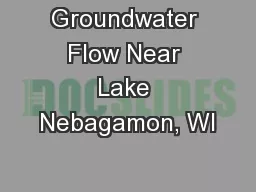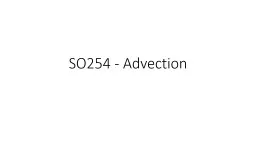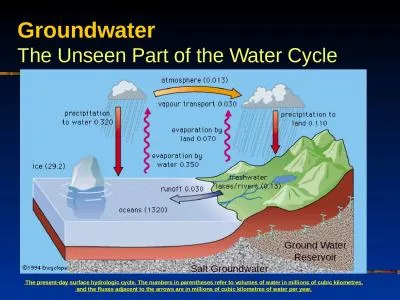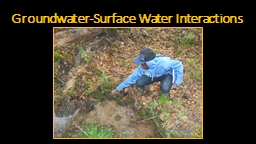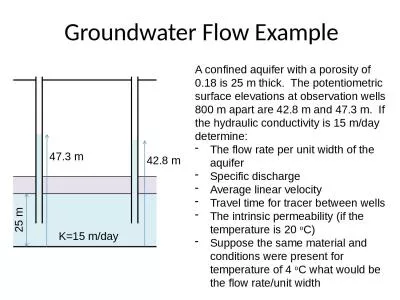PPT-Quantifying Heat Advection by Groundwater Flow in the Active
Author : danika-pritchard | Published Date : 2019-11-05
Quantifying Heat Advection by Groundwater Flow in the Active Layer Laboratory Simulations S Veuille 12 M Verpaelst 12 S Charbonneau 1 K Grandmont 12 D Fortier
Presentation Embed Code
Download Presentation
Download Presentation The PPT/PDF document "Quantifying Heat Advection by Groundwat..." is the property of its rightful owner. Permission is granted to download and print the materials on this website for personal, non-commercial use only, and to display it on your personal computer provided you do not modify the materials and that you retain all copyright notices contained in the materials. By downloading content from our website, you accept the terms of this agreement.
Quantifying Heat Advection by Groundwater Flow in the Active: Transcript
Download Rules Of Document
"Quantifying Heat Advection by Groundwater Flow in the Active"The content belongs to its owner. You may download and print it for personal use, without modification, and keep all copyright notices. By downloading, you agree to these terms.
Related Documents

